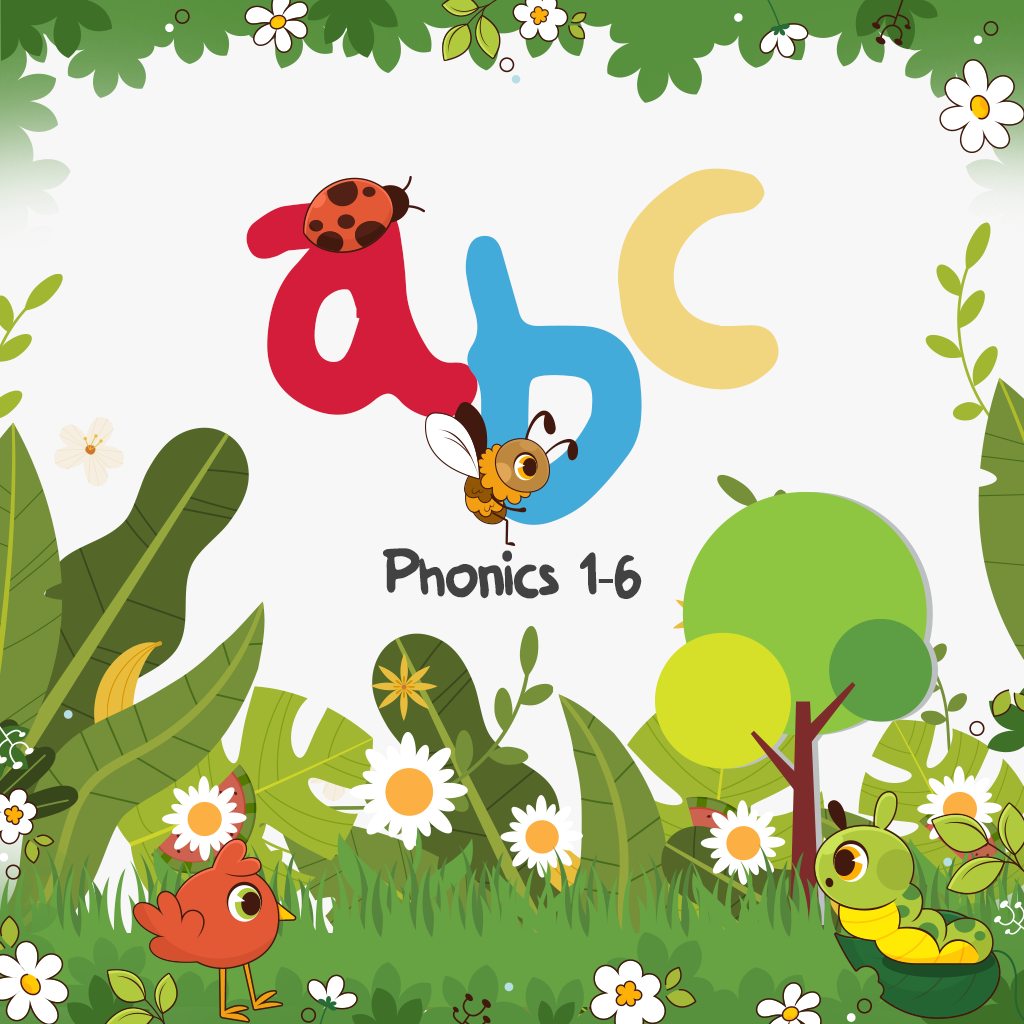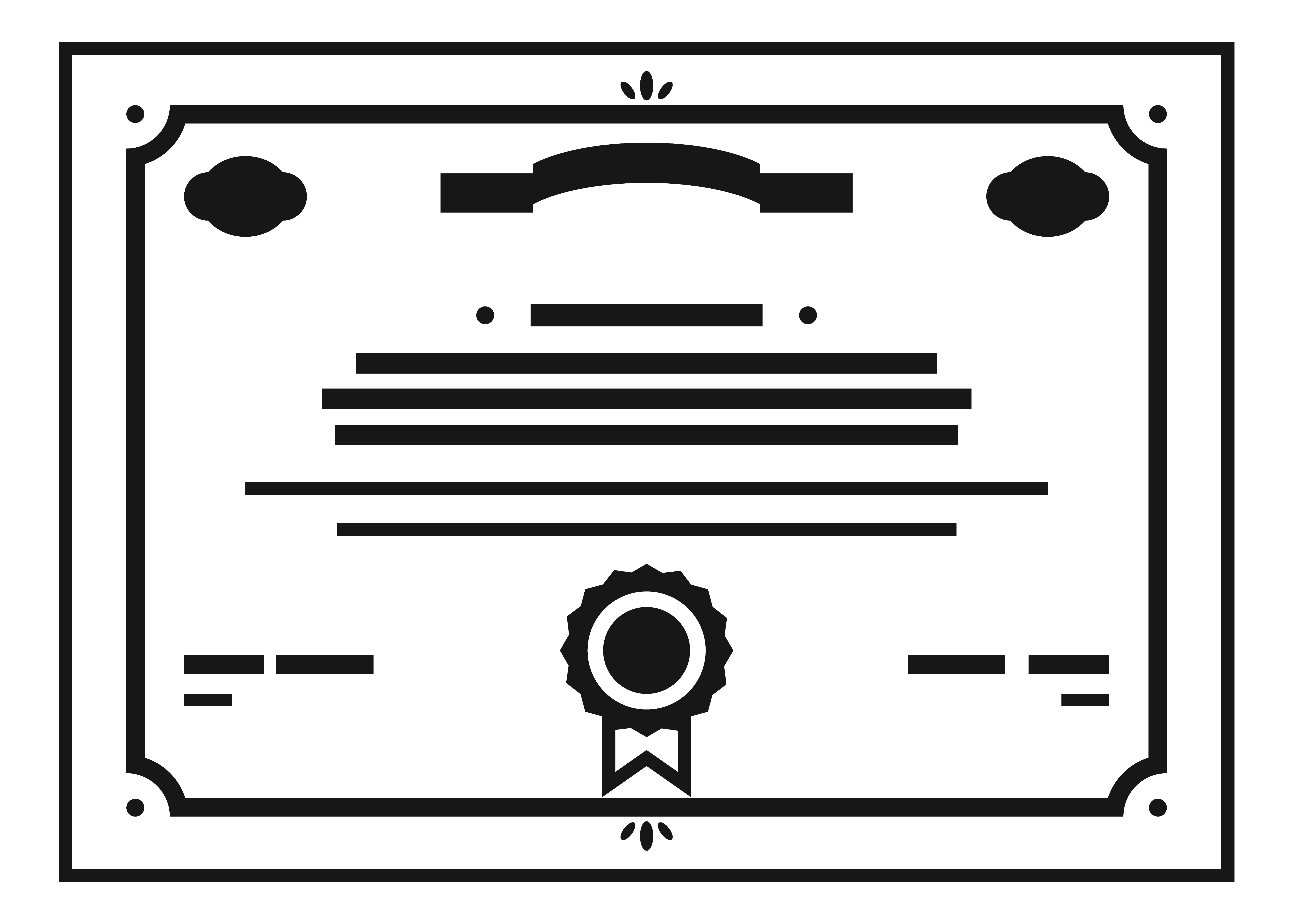A structured phonics lesson with modules helps children move from basic sound recognition to confident reading. This step-by-step approach keeps learning steady and stress-free. Parents looking for phonics classes, phonics tutoring, or phonics learning programs often want a system that builds skills gradually.
This 6-module plan delivers that smooth progress. Each stage strengthens decoding, blending, and fluency. This will give families reliable phonics lessons for kids and strong early reading support. This structure helps children stay confident as they learn new sounds, words, and reading skills.



Complete the course to earn your certificate, available for viewing and download

Meaning and purpose
Role of phonics in early reading
Why phonics builds strong decoding skills
Understanding sound–letter connection
How children learn sounds first
Why phonics supports spelling and reading
Phoneme
Grapheme
Blending
Segmenting
Module 2: Learning Sounds (Phonemes)
Short vowel sounds
Long vowel sounds
Consonant sounds
Digraphs (sh, ch, th)
Finding the first sound
Finding the middle sound
Finding the final sound
Common vowels
Common consonants
Basic sound–symbol links
Vowel teams (ai, ee, oa)
Consonant digraphs (ck, kn, wh)
R-controlled vowels (ar, er, ir)
Module 4: Blending and Segmenting
Joining sounds to form words
Moving from CVC to CVCC and CCVC
Reading simple words through blending
Breaking words into sounds
Segmenting for spelling
Daily practice activities
CVC families (at, og, it, et)
CVCC and CCVC patterns
Starting blends (bl, tr, sp)
Ending blends (nd, mp, st)
Magic E
Soft C and G
Double consonant rule
Words that cannot be decoded
Memory and exposure strategies
Silent letters (kn, wr, mb)
Diphthongs (oi, oy, ou, ow)
Alternate long vowels (ai/ay, ee/ea)
Using decodable texts
Choosing reading levels
Repeated reading
Expression and pace
Tracking progress
Checking sound recognition
Testing blending and segmenting
Identifying weak areas
Targeted practice
Measuring growth